The Cartier Tank is the result of such extraordinary vision on behalf of its creator that its core elements and foundational design have remained in place for over 100 years. A watch that evolves and yet remains forever true to that original vision, the Cartier Tank unquestionably belongs in horology’s highest tier.
Welcome to the first instalment of The Watches We Love, a new series for Man of Many’s Digital Editions in which we’ll pick one of horology’s most defining timepieces every quarter to explore how it came to be, what makes it special, and whose wrists it has adorned most strikingly over the years.
For this first outing, there were a number of highly qualified candidates in the running, but ultimately, the Cartier Tank has the honour of taking the stage for The Watches We Love’s debut. Perhaps it was the outstanding new releases launched at Watches and Wonders 2025, the sheer timelessness and instant recognisability of that extraordinary design, or the simple fact that I really want one that gave the Tank the edge over the competition.
Whatever the reason, there’s no timepiece more deserving of a retrospective, as we look at its journey thus far and the vibrant and compelling modern incarnations that ensure the Tank is never out of the conversation.
While a watch that has many, many imitators, none match the original for sheer elegance, timelessness, and horological significance. And while it has come in a wide range of subtly different forms over the years, the Tank has invariably embodied an X factor that others simply cannot replicate. From here, we’ll dive into the origins of this incredible line, calling out particular favourites along the way. Here we go…
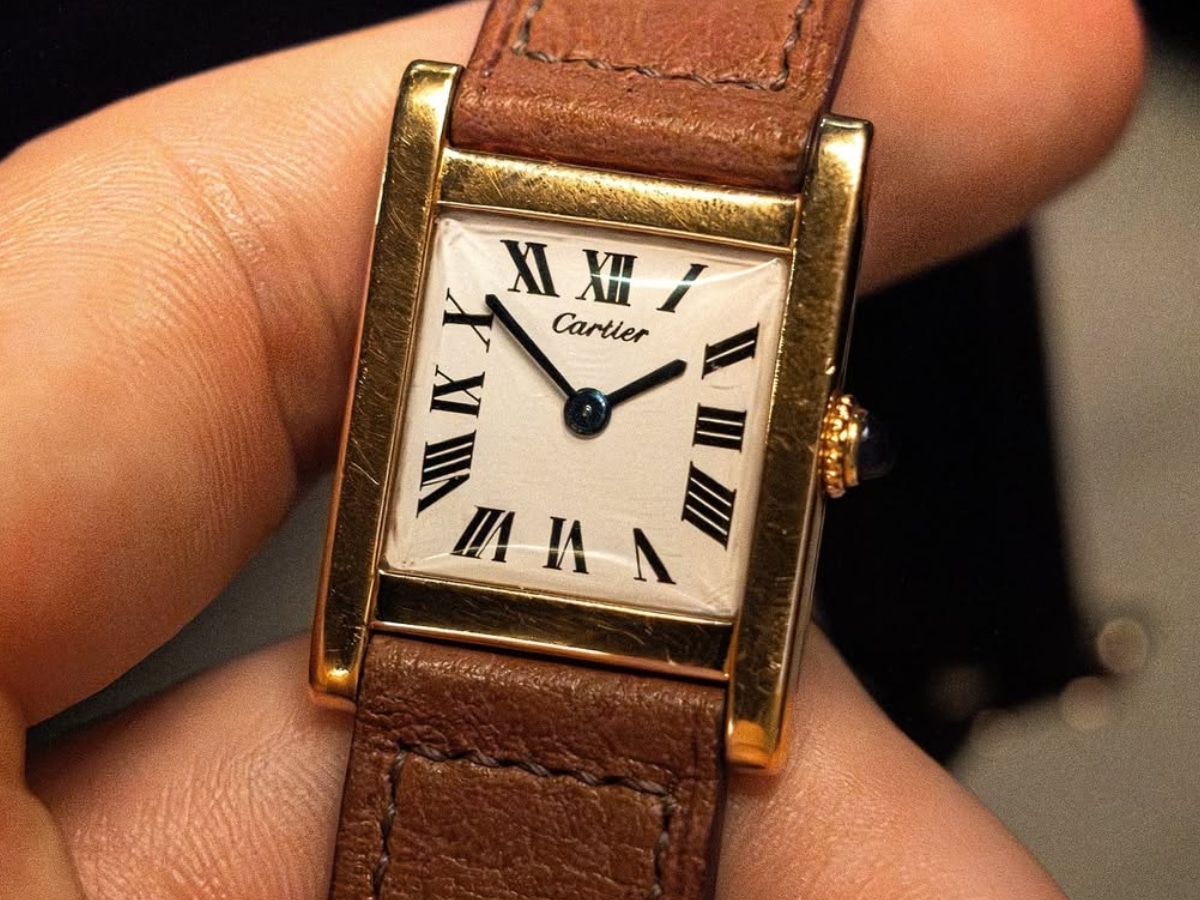
A Bulletproof Blueprint: Cartier Tank Normale
The Cartier Tank was created in 1917 by Louis Cartier, grandson of the company’s founder, Louis-François Cartier. Curiously, the initial prototype was gifted in 1918 to the American General John J. Pershing, commander of U.S. Expeditionary Forces, with the watch going into serial production the next year. This first Tank came into being at a time when wristwatches (or strapwatches as they were known) were still a novelty, viewed by many as a passing fad when compared with the well-established pocketwatch.
However, the practicality of wrist-borne devices on the battlefields of World War I was quickly cementing their status as the go-to solution. In this landscape, the first Cartier Tank arrived, drawing its design inspiration (as well as its name) from the Renault FT-17. This French military tank could be seen rolling across Europe at the time and was the first such war machine to feature a fully rotating turret.
While inarguably a strange source of inspiration for a timepiece that would go on to be considered the very height of elegance, it makes a little more sense when you consider that Louis Cartier’s mission was to craft a timepiece that was more masculine than the men’s wristwatches he was observing in the market. After all, what could be more acutely masculine than a hulking metal beast of mechanised death?
The first Cartier Tank model was the Normale, a square-dialled, rectangular-cased affair that established many of the line’s fundamentals. The first of these was the introduction of case sides that simultaneously acted as the watch’s bezel. Referred to as brancards, these initially flat-topped sides were one of the design choices that most clearly recalled the look of the FT-17.
Also present with this first Tank outing were the Roman numerals, which remain, in my humble opinion, the most desirable indices when it comes to Cartier watches across the whole collection. There’s just something about Arabic numerals that doesn’t look quite right on a Cartier, to me at the very least. Further, the watch boasted the iconic blue cabochon crown, blued steel hands, and the railroad minute track.
When you think about it, it’s extraordinary how many elements Louis Cartier nailed right out of the gate. While the Tank would be massaged and tweaked in the years that followed, so much of what makes this watch an icon of horology was present in that very first outing.
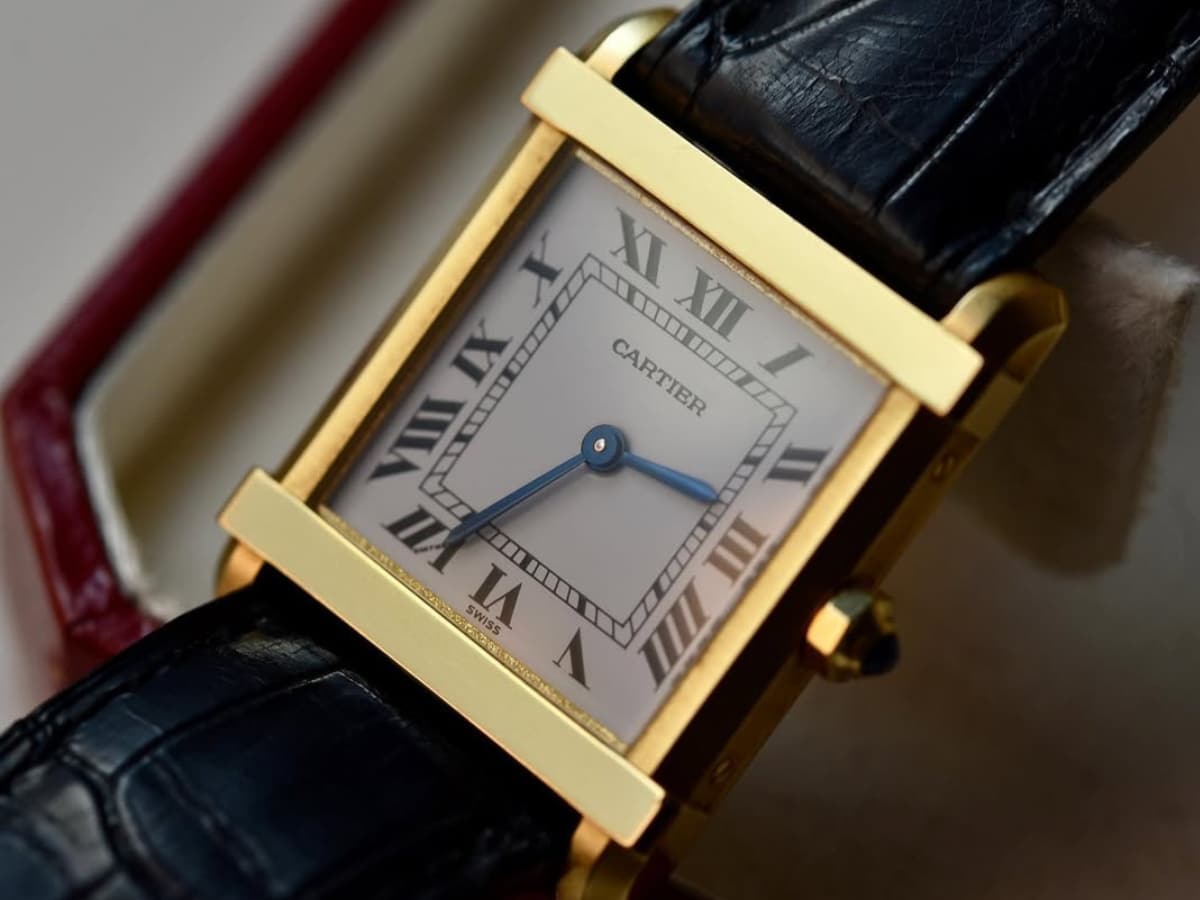
The Svelte Stepping Stone: Cartier Tank Chinoise
Nineteen twenty-two would prove a highly significant year for the Catier Tank, introducing two new incarnations of the timepiece and more or less cementing the way it would be perceived for the next century.
The first of these was the Cartier Tank Chinoise, a watch that maintained the square dial of the Normale but elaborated on that device’s twin-brancard design by introducing upper and lower brancards that overlap the sides. Asian architectural elements inspired this look, with the horizontal brancards intended to recall the entry gates of temples constructed using large pillars, atop which sat horizontal beams that formed the foundation for intricate decorations.
While the Chinoise design has become something of an obscurity thanks to the watch that will follow, it can still be found when you search Cartier’s online boutique, just in a different form. This is due to its elegant design, which serves the duties of a belt buckle just as well as those of a watch case.
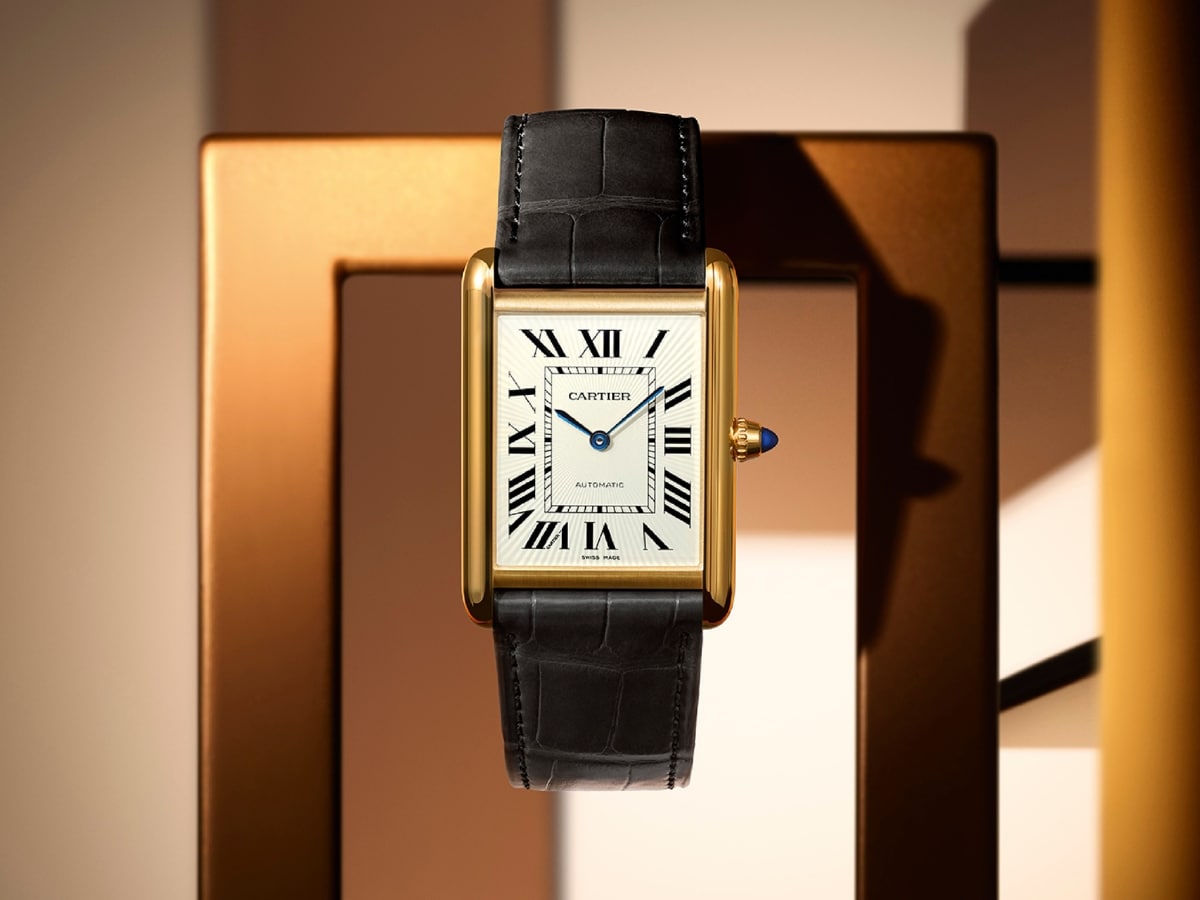
An Elegant Evolution: Cartier Tank Louis Cartier
Of the numerous slightly different forms the Cartier Tank has had in the last century and change, the most famous is unquestionably the Tank Louis Cartier, introduced later in 1922. This is the watch most contemporary watch lovers see in our mind’s eye when we think of the Cartier Tank.
Swapping out the flattened tops and sharper edges of the Normale’s brancards for a rounded outer edge and more scalloping, while adopting a more minimalist look compared with the overlapping design of the Chinoise, for this watch, Cartier opted for an elongated, rectangular take on the dial that is just immaculate. It presented an altogether more refined vision of Louis Cartier’s original design and created the Tank we know and love today.
The most influential men’s dress watch of all time, the Tank Louis Cartier has housed all manner of movements over the years, including manually wound, automatic, and quartz incarnations, and it has come in a dramatically varied range of sizes. Of all that have come and gone, for my money, the most sublime is the recent incarnation, which pairs a 33.7 mm x 25.5mm casing with a manual winding calibre 1917 MC. With Goldilocks sizing and a classic manual approach to timekeeping, it’s a more perfect version of an already perfect timepiece.
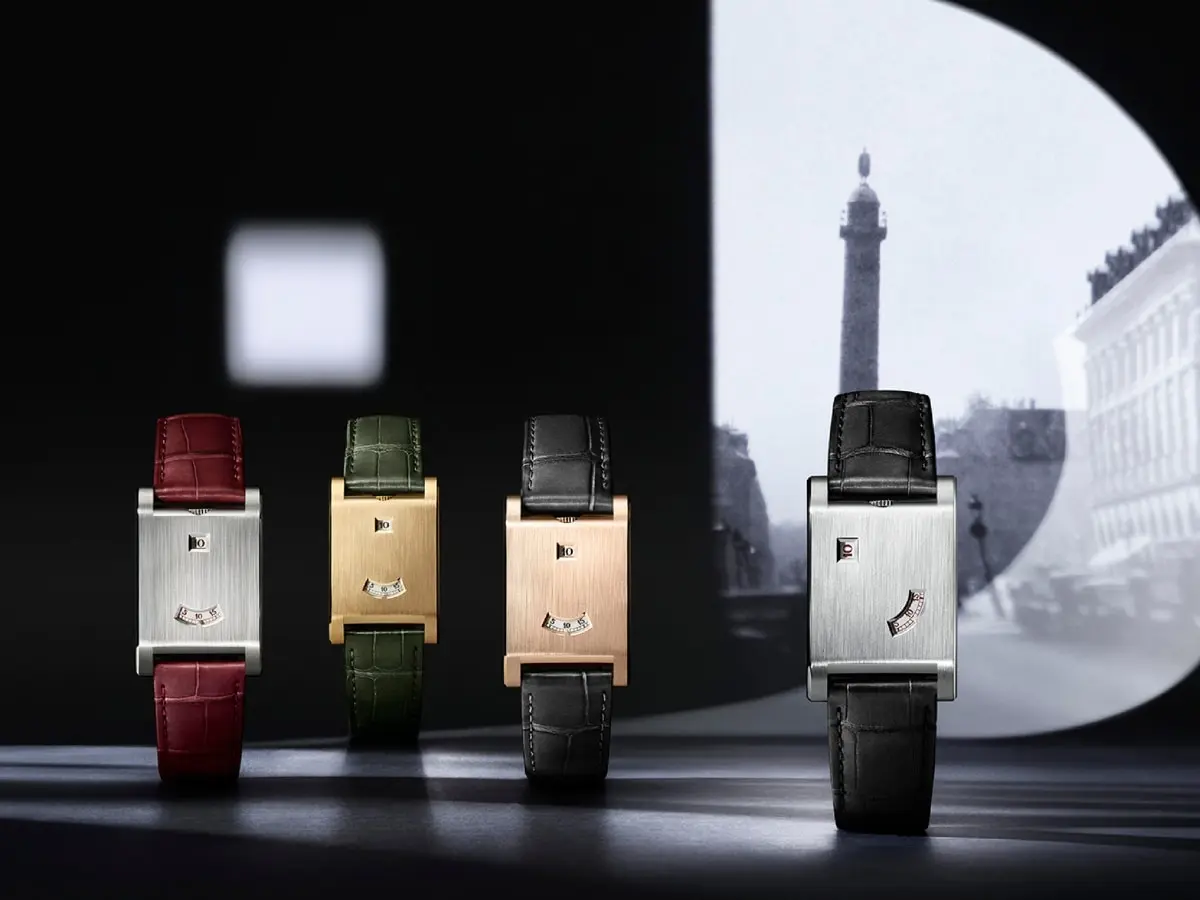
The Artisan Abstraction: Cartier Tank À Guichet
Perhaps the most left-field incarnation of the Tank was recently reintroduced at Watches and Wonders 2025, and I couldn’t be more thrilled. The Cartier Tank À Guichet first entered the fray in 1928, and at the time, it was reserved for an elite tier of Cartier’s VIP clients. These included America’s legendary jazz pianist and composer, Duke Ellington and the Maharaja of Patiala, ruler of the state of Patiala in British India.
The original Tank À Guichet was aesthetically linked to the models that preceded it thanks to the presence of the twin branchards running down its sides, but beyond that, it was entirely its own. Boasting a ‘digital’ jump hour display, unlike any Tank that came before it, it appears to have taken the line’s moniker to heart, more closely mirroring an armoured battle tank than any incarnation before it.
While the Tank À Guichet made brief, limited-edition reappearances in 1996, 1997, and 2005, it made a barnstorming return at this year’s Watches and Wonders with four new references (above) that were a highlight of the show. Taking the original design, jettisoning the brancards, and refining it to suit an even more minimalist vision, the four references on show made up part of the Cartier Privé collection, which showcases limited-edition and highly sought creations. Here’s hoping the Tank À Guichet will reappear sooner rather than later and stake its claim as a permanent fixture in the Tank line.
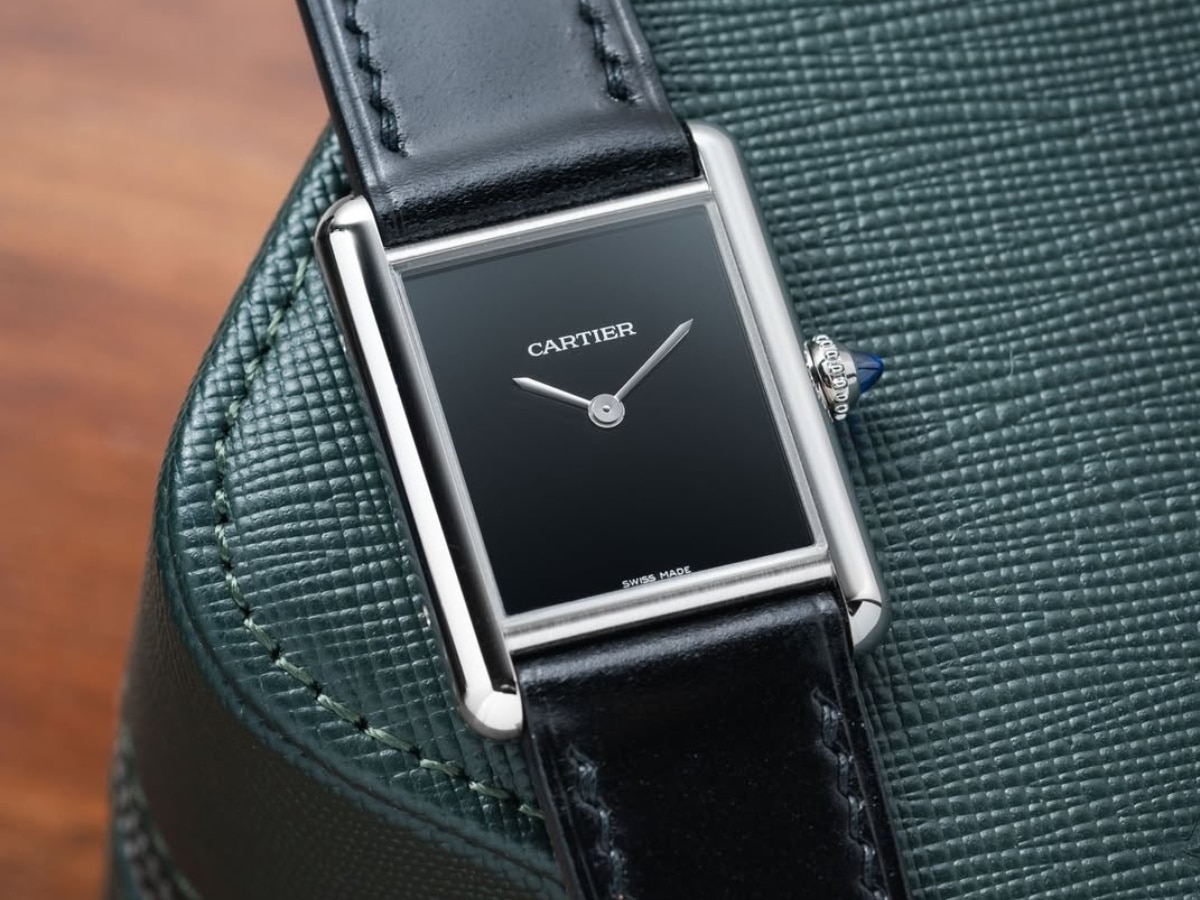
A Minimalist Masterclass: Cartier Tank Must de Cartier
Finally, we’re looking at the Cartier Tank Must de Cartier. First introduced in 1977, this uber-minimalist design was launched into a world where the Tank was already regarded as the height of elegance. While it’s hard to imagine Cartier’s elite artisans saying, “Hold my beer,” how else do you explain this beautiful design?
With the quartz movement introduced by Seiko forcing luxury brands to adapt, the Tank Must de Cartier proved a more affordable, but still immensely desirable timepiece. Affordability was further managed through the use of gold plating over a silver base, rather than the traditional gold all the way through. The watch remains a key part of Cartier’s offering to this day, as has the use of quartz, which has rolled out across Cartier’s watch line, giving contemporary shoppers a broader choice of design and movement than ever before.
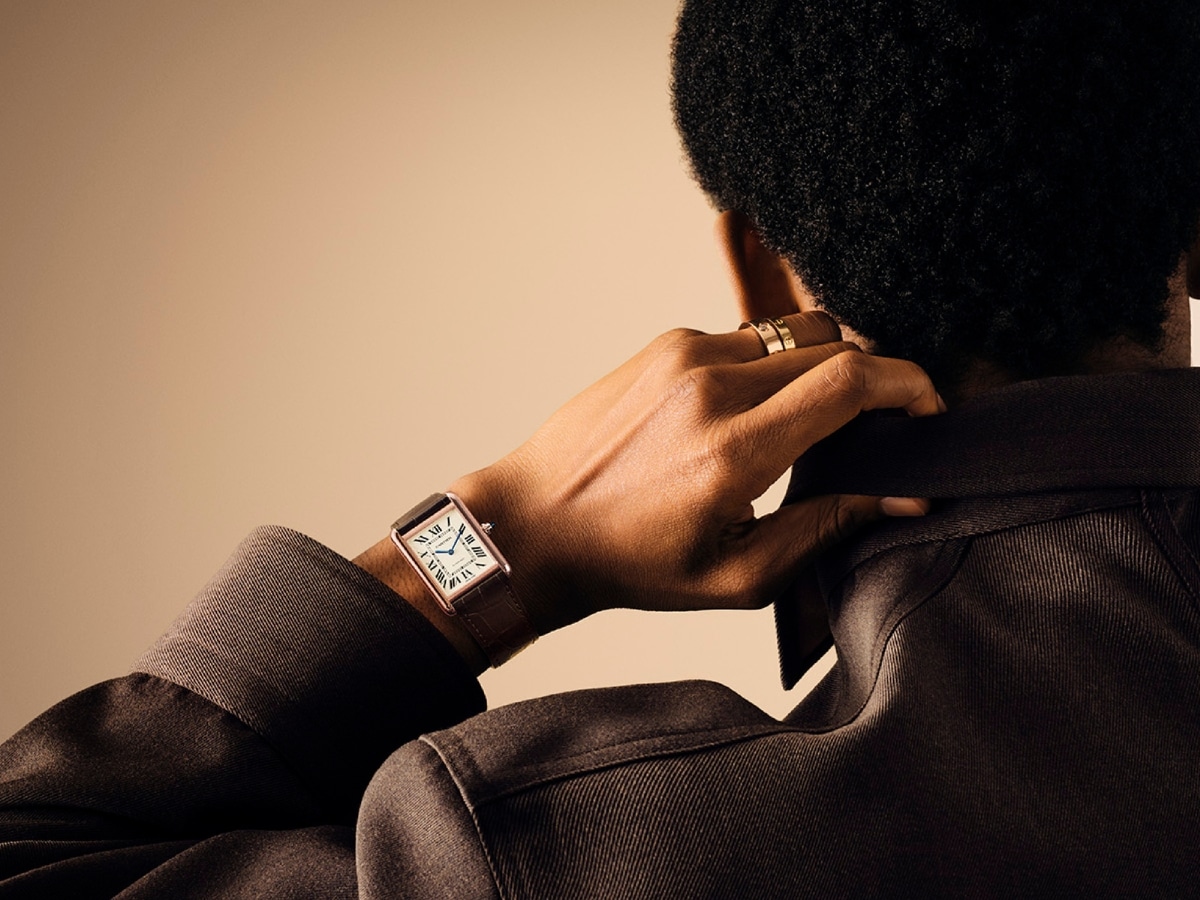
Signature Features
In each edition of The Watches We Love, we’ll outline signature design elements that have made the timepiece in question such an icon. These might come down to the case shape, movement, and bracelet, or certain eccentricities and innovations that have changed horology for good. Whatever the case may be, this explains why these are the watches we love.
For this round, we’ll focus on the Tank Louis Cartier for obvious reasons. The most iconic incarnation of an already iconic family of timepieces, the Louis Cartier is the Tank that sits above all others, making it a foundational part of horological culture.
1. Rectangular Case
The Louis Cartier’s iconography all starts with the beautiful lines of that case design. Such is its elegance that it’s almost impossible to believe the initial inspiration came from the hulking Renault FT-17. So simple that it now seems obvious, its proportional precision is a miracle of 20th-century design.
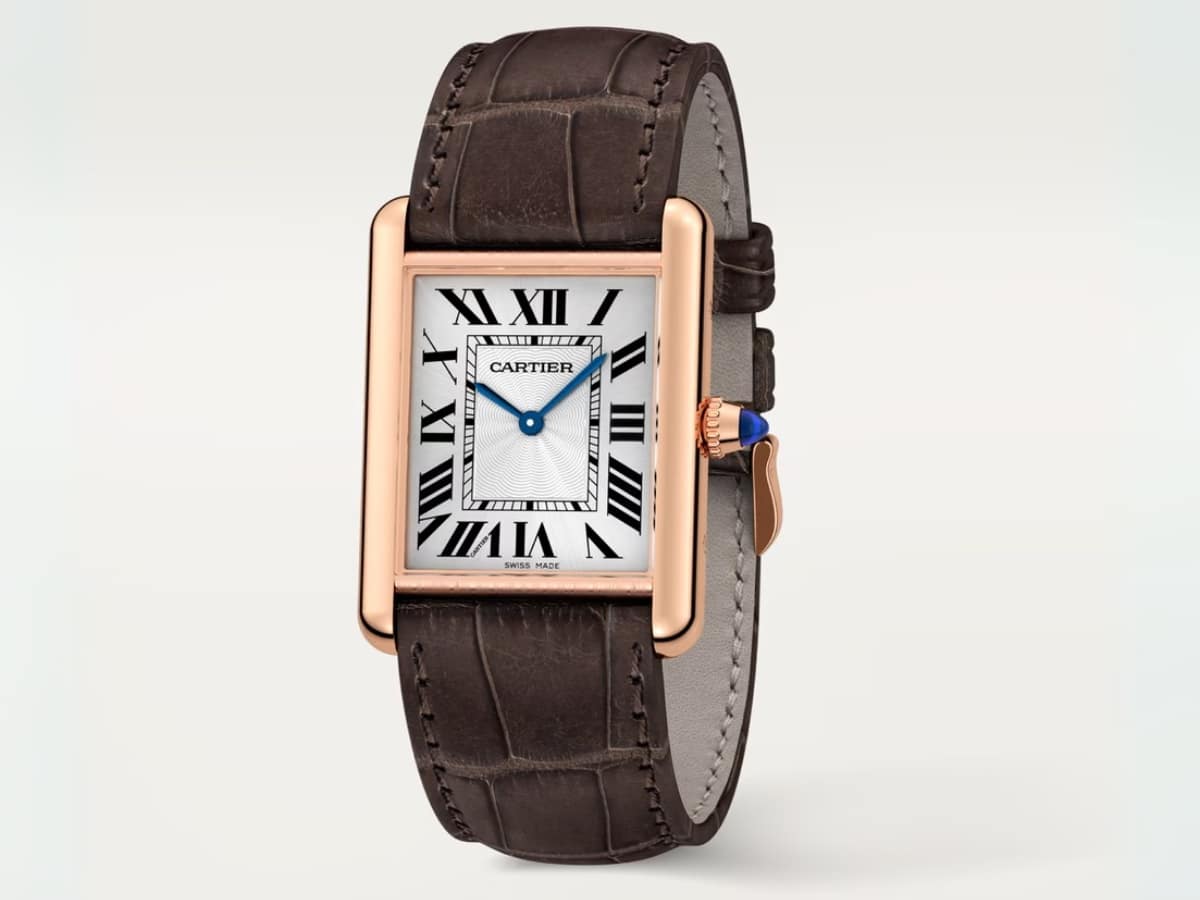
2. Cabochon Sapphire Crown
The beaded crown set with a sapphire cabochon is a signature that was introduced in the very earliest days of the Tank. Acting as an elegant touch that helps to blur the line between horology and jewellery, much like Cartier itself, it’s a fitting crown for a piece of timekeeping royalty.
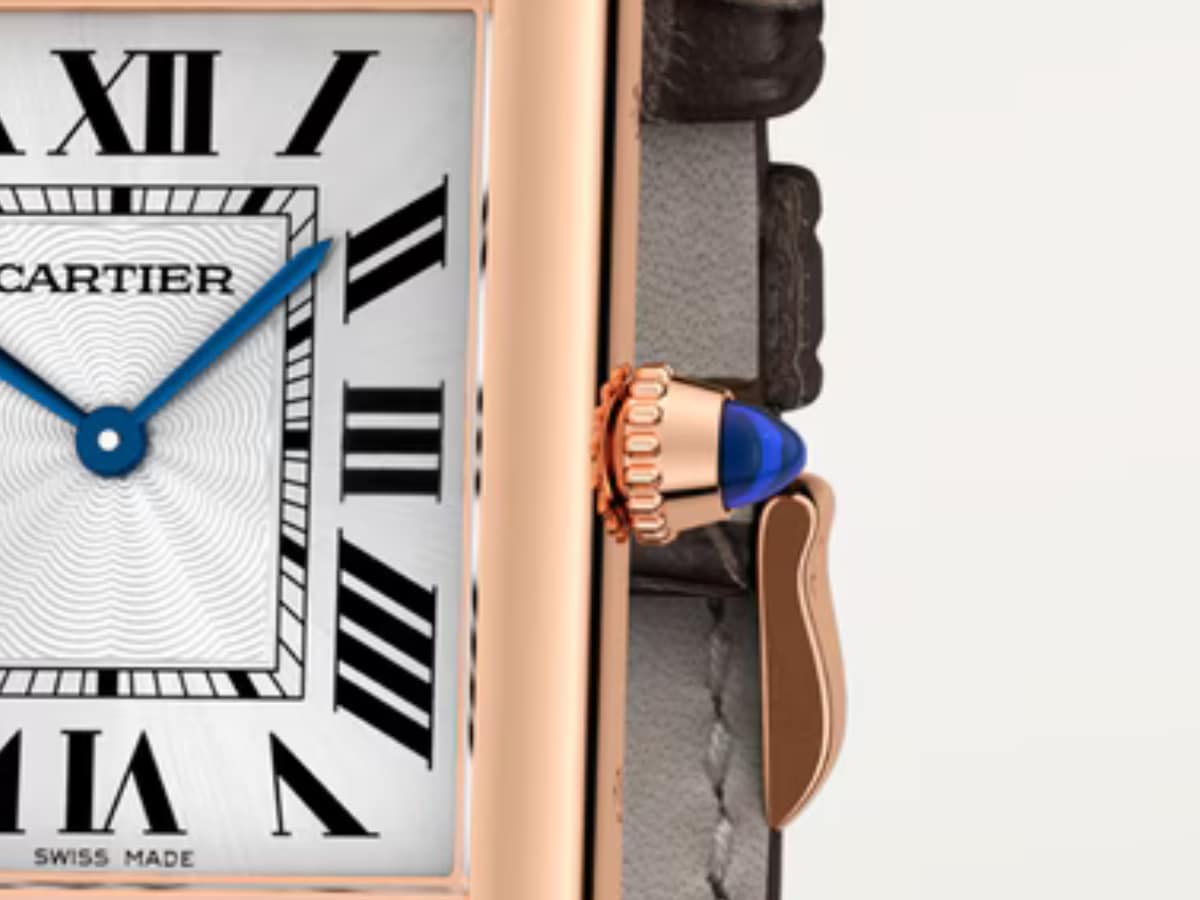
3. Roman Numeral Indices
As touched on earlier, you can buy Cartier watches with Arabic numerals, but nothing looks as good as the classic Roman approach, unless, of course, you’re talking the simplicity of the Tank Must de Cartier. Plus, if you weren’t paying attention in school, I can think of no better way to get up to speed with your Roman numerals. Provided you don’t have to count past 12, that is.
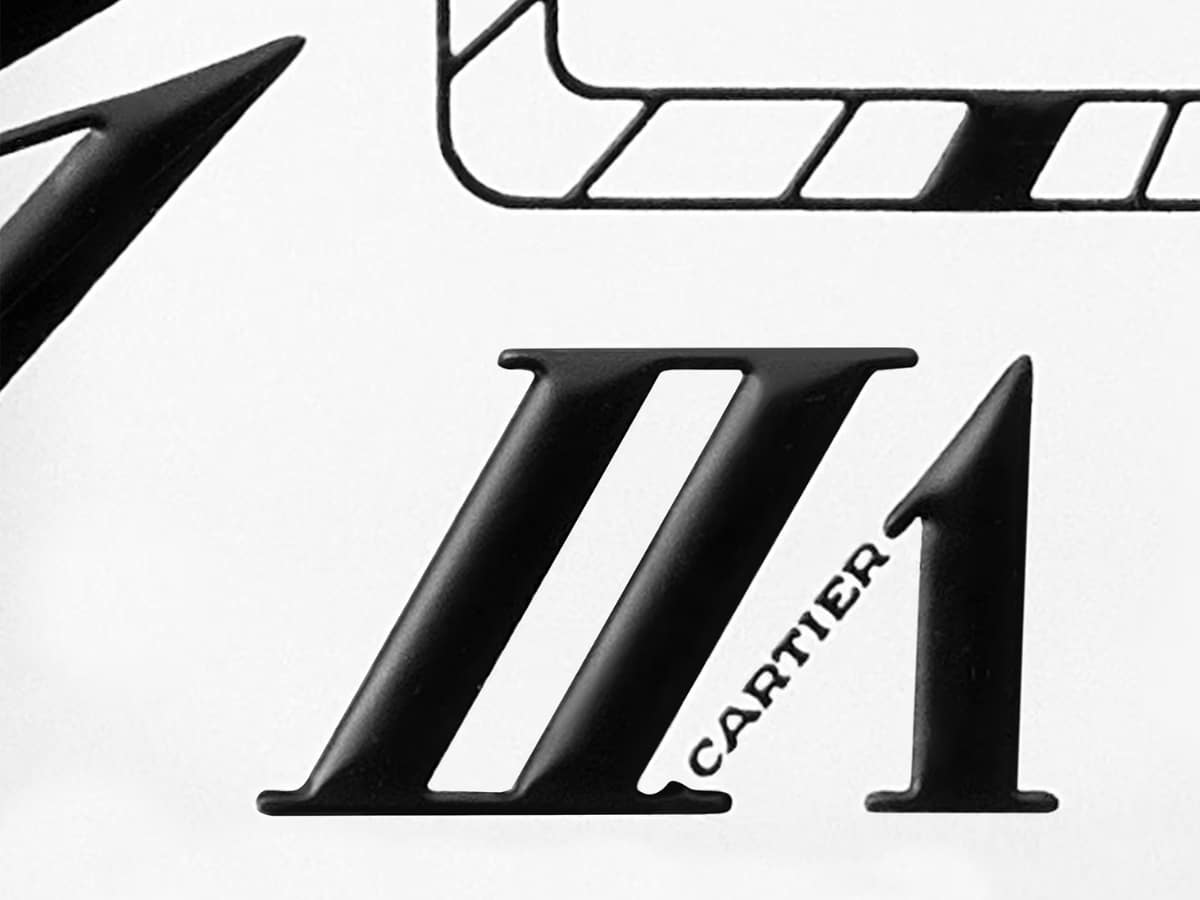
4. Blued Sword-Shaped Hands
The Tank’s blue hands are a watchmaking tradition that stretches back to the development of waterproofing technology. This effect was developed to prevent watch hands from corroding under the difficult conditions of the Swiss Alps. To create this effect, the hands are placed in kilns heated to over 300° for a period measured down to the second in order to obtain the iconic blue shade. Over 20 procedures and more than 10 different techniques go into their creation.
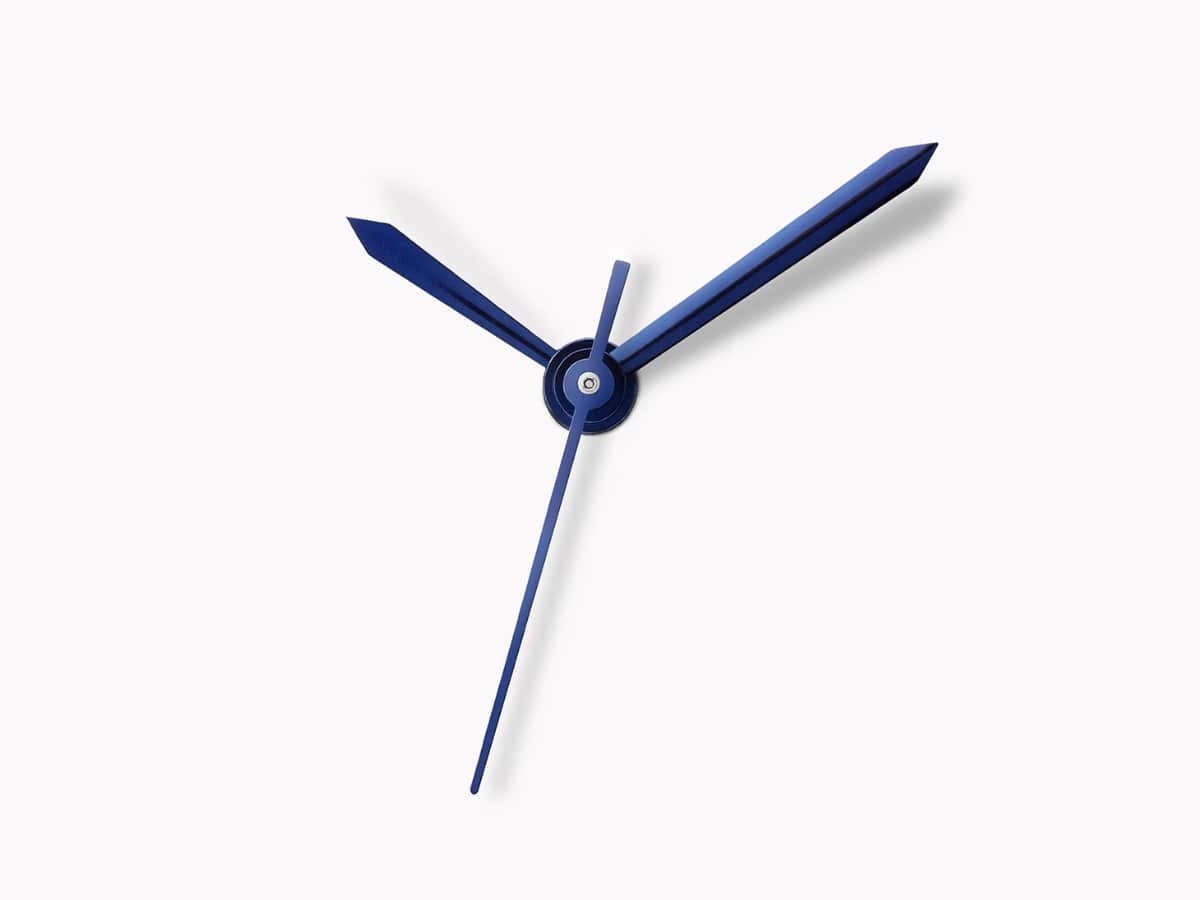
5. Guilloché Dial
This intricate engraving is achieved via a technique that first appeared at the start of the 20th century. Cartier’s artisans engrave fine lines on the watch’s plate to create hypnotic motifs like waves or sunrays that reveal themselves on closer inspection.
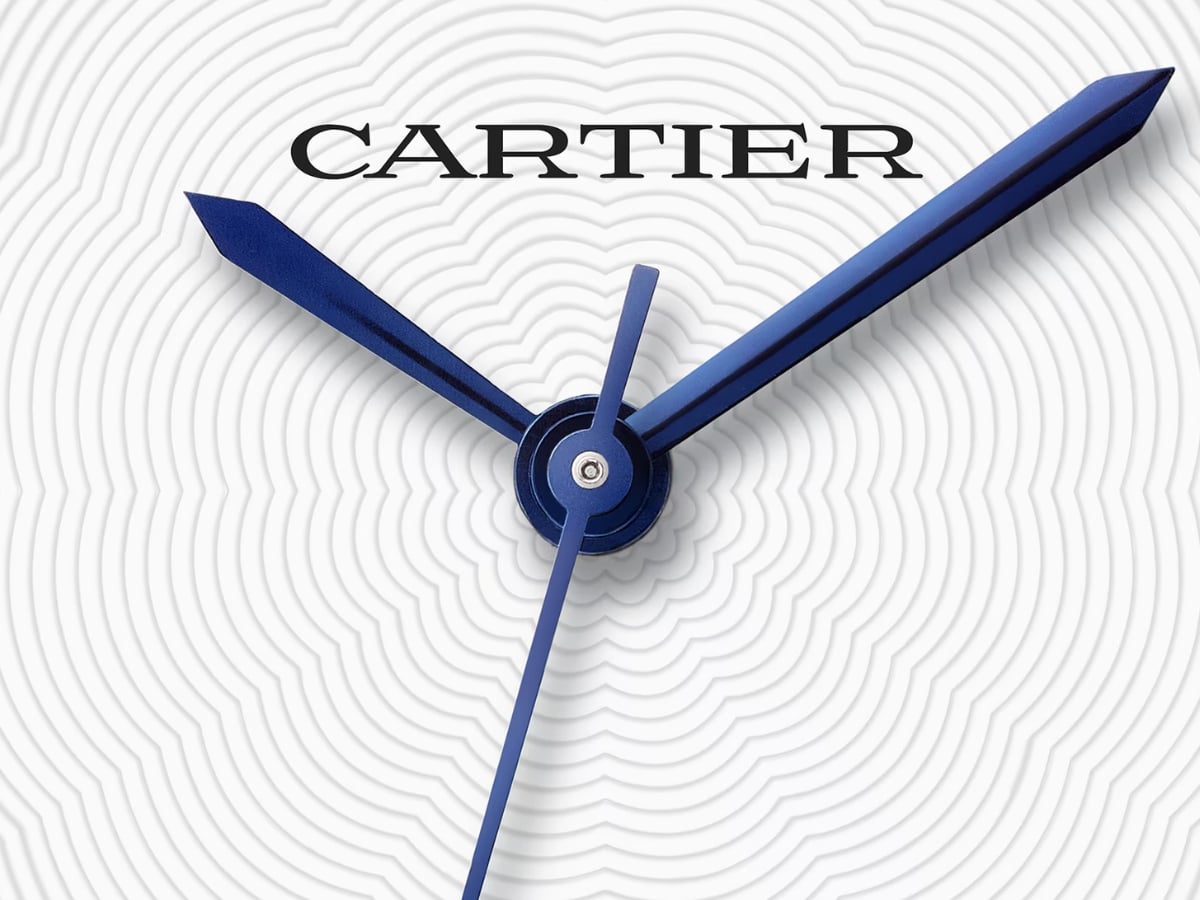
6. Rail-Track
Finally, we have the rail-track, which is located around the inside of the Tank’s Roman numerals. This double line with a minute scale is a charming design quirk created by Louis Cartier that resembles the tracks of a, you guessed it, railway.
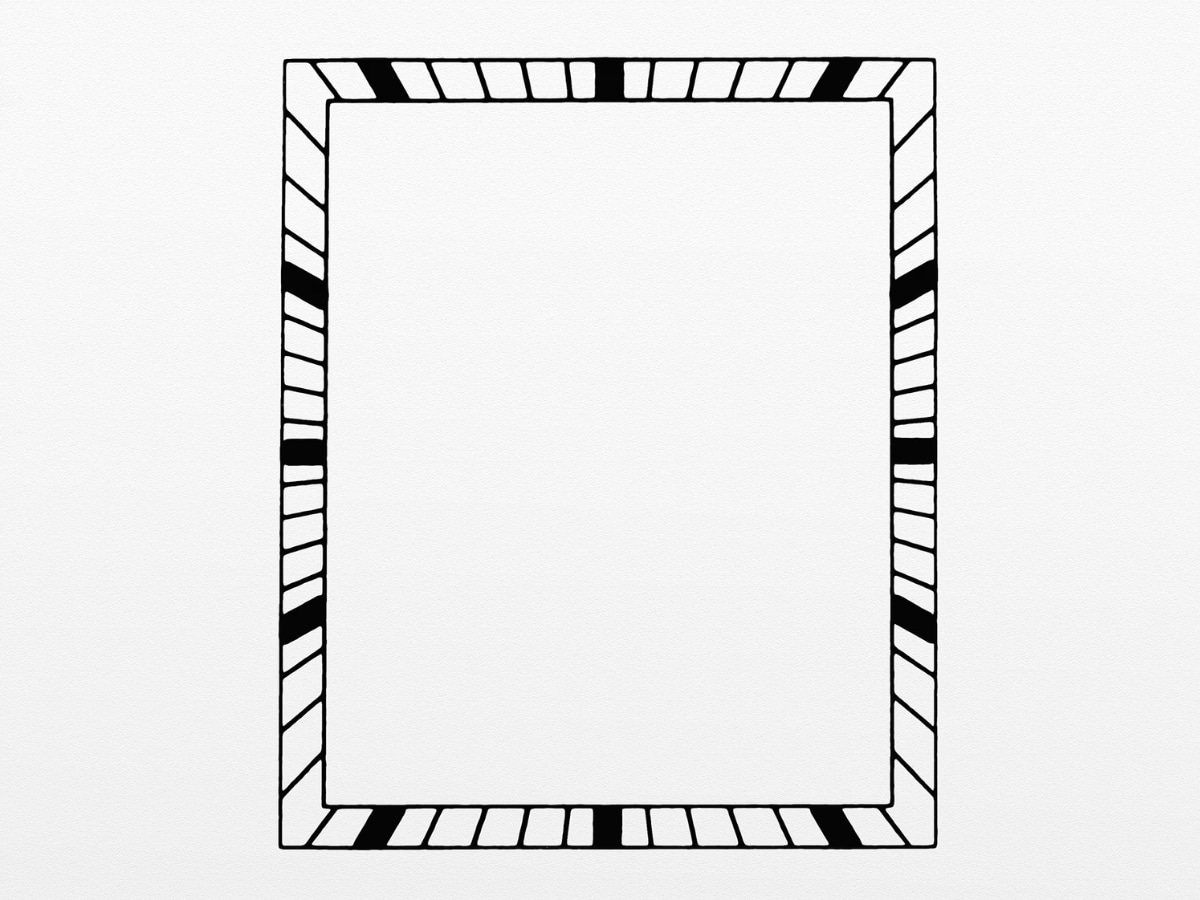
As Worn By…
This feels like an uphill battle, as the charming, debonair, and outrageously successful people who’ve donned a Cartier Tank since it was brought to life in 1917 are legion. While an exhaustive list would mean this article never gets finished, here are a select few who’ve made the Tank their own.
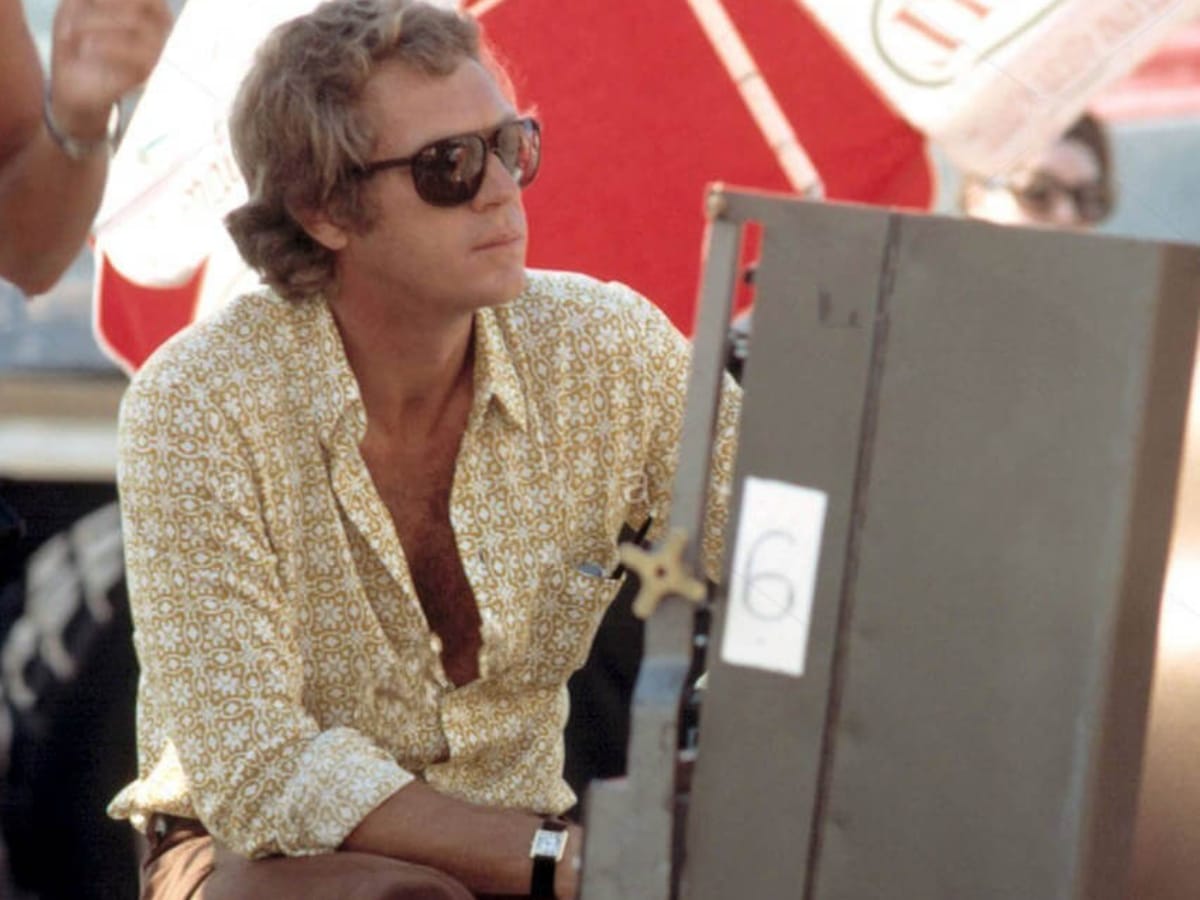
Steve McQueen
While Steve McQueen is more closely associated with watches like the Heuer Monaco, he also had an affinity for the Cartier Tank. As you can see in this picture, he’s sporting a Tank Louis Cartier on the set of 1971’s Le Mans. He also chose the elongated form of the Tank Alongee while playing the title character in 1968’s The Thomas Crown Affair.
Muhammad Ali
Which watch could more fittingly embrace the wrist of ‘The Greatest’? More than just a world-conquering fighter, Ali was a man of incredible charm, nous, and discerning taste. As such, it should come as no surprise to find him donning a timeless watch worthy of the same title.
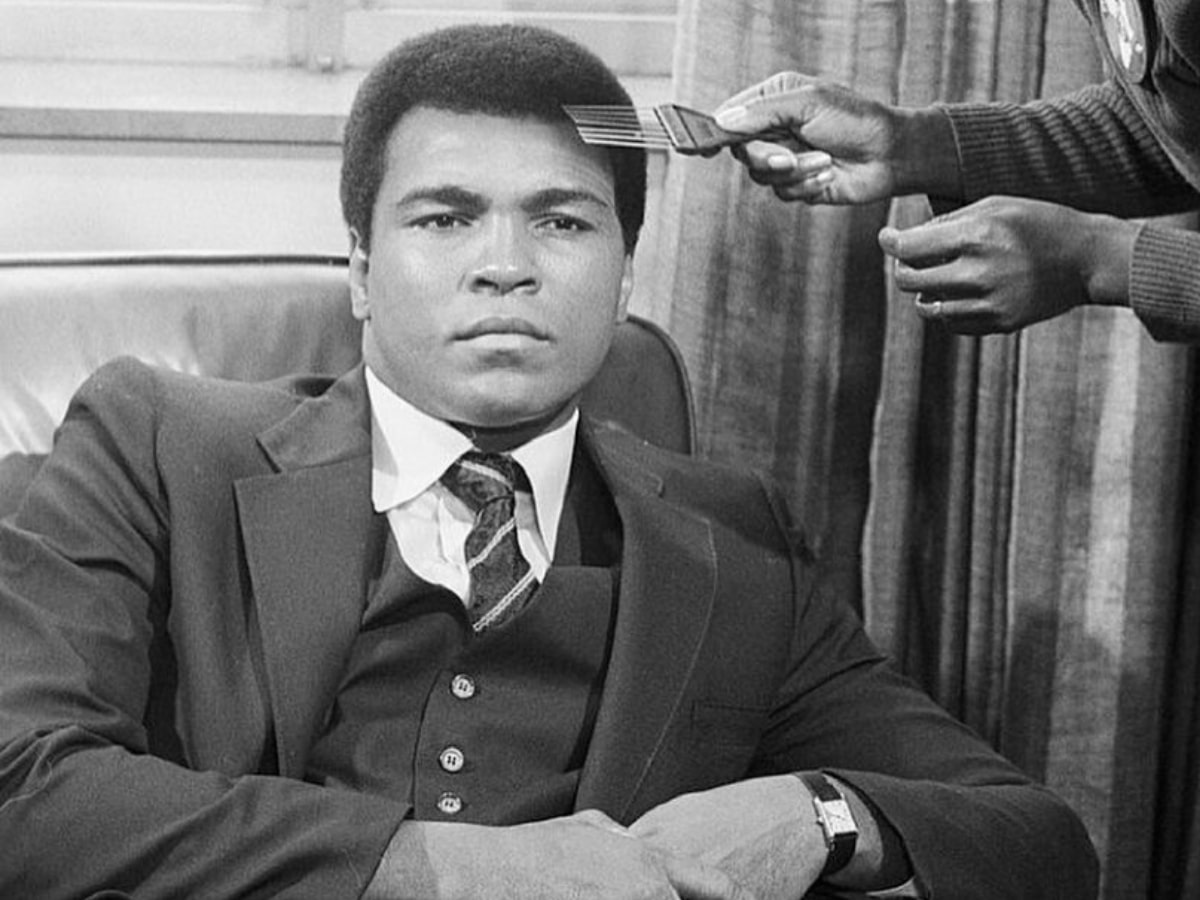
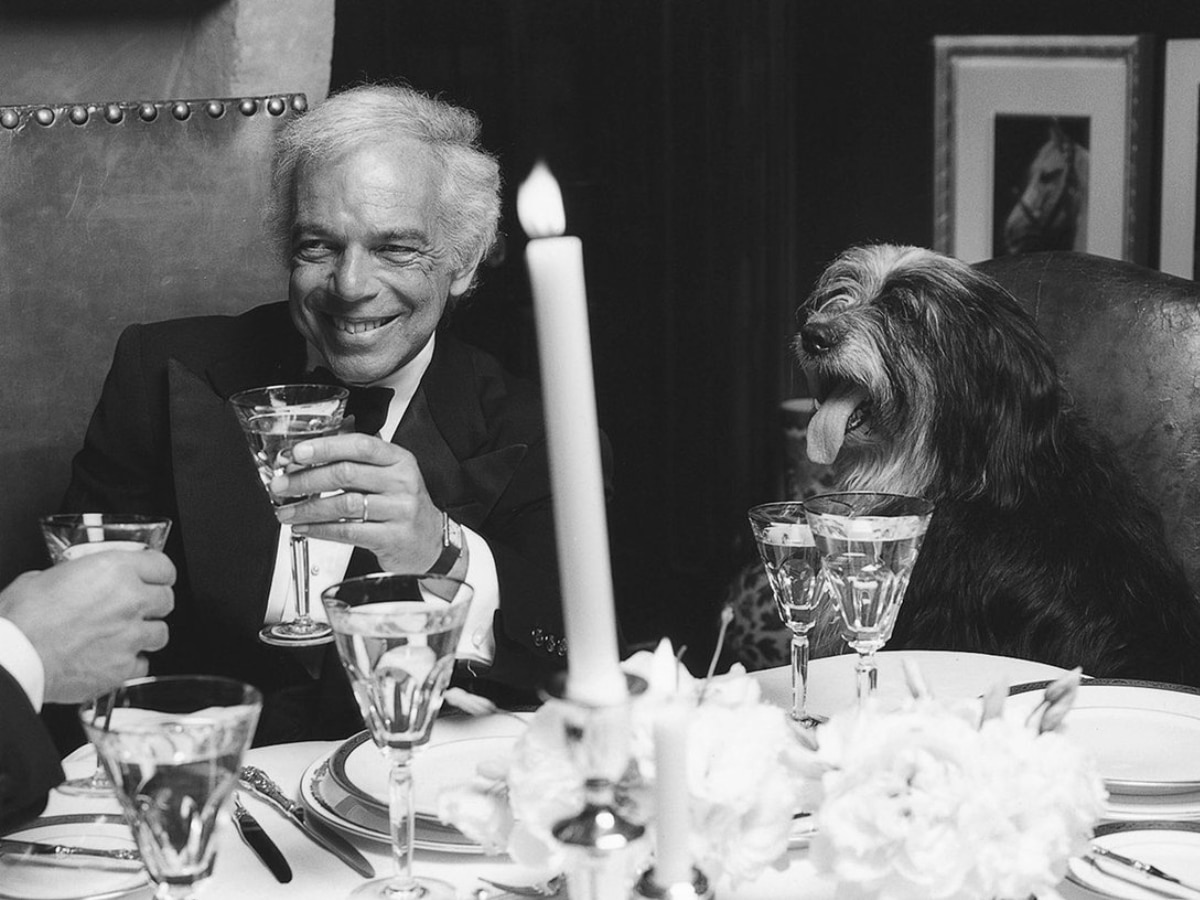
Ralph Lauren
Despite owning one of the world’s most famous clothing brands (a brand that sells its very own timepieces, I should add), when it comes down to it, Ralph Lauren loves a Cartier Tank. He’s worn numerous variations from the line over the years, from the Tank Cintrée to the Tank Louis Cartier (pictured), and his devotion speaks to the timeless elegance of Cartier’s icon.
Patti Smith
No one is cooler than Patti Smith, and I will fight anyone who says otherwise, so why would she wear anything but a Cartier Tank? The punk poet laureate was captured here by Gijsbert Hanekroot mere months after the release of her legend-making album Horses. Again, no one has ever been cooler.

Where Can I Buy the Carter Tank?
And that’s it! Our first instalment of The Watches We Love, a letter of adoration to the Cartier Tank, is complete. Now, for the all-important question: where can you snag one for your own wrist?
While there are numerous online outlets and brick-and-mortar retailers that will happily attempt to meet your Tank needs, my recommendation is that you first find your local Cartier showroom and try a range of Tanks on for yourself. They do come in a wide variety of sizes, so you want to get it right. Failing that, Cartier’s digital emporium does offer free returns, so if you trust a courier with your new favourite watch, you can always try it in the comfort of your own home.




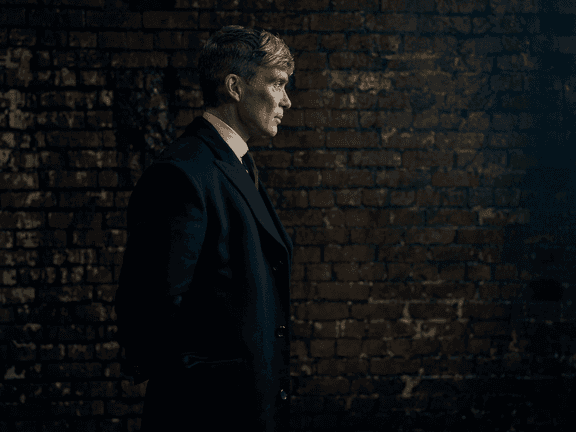



























Comments
We love hearing from you. or to leave a comment.